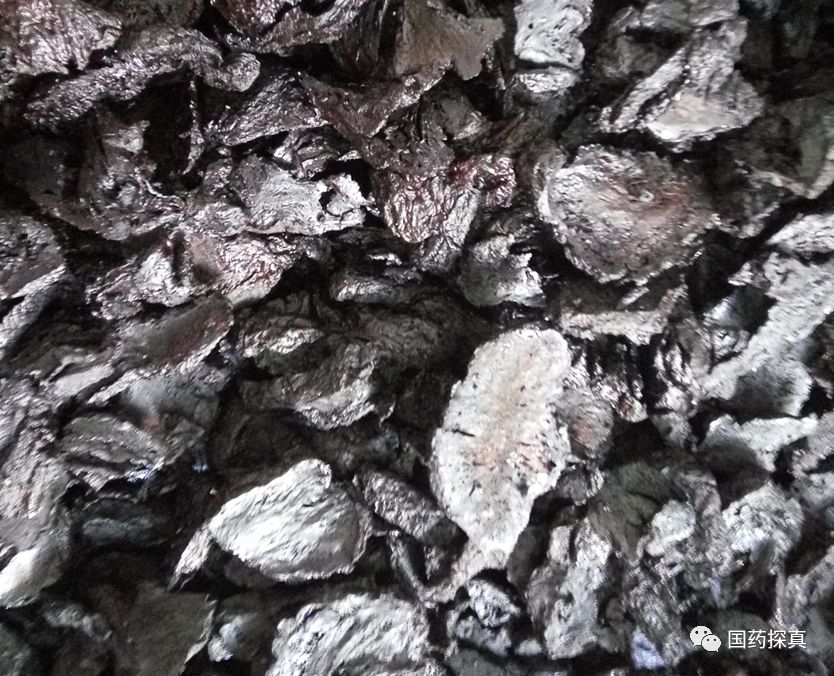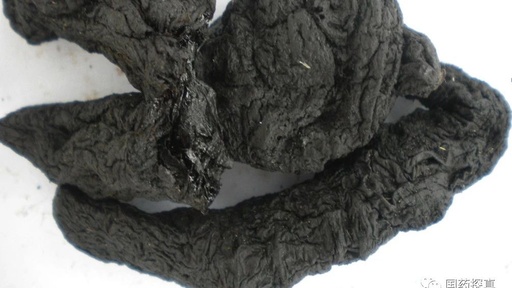Rehmannia glutinosa (Shu Di Huang) is a crucial herb for nourishing blood, enriching yin, benefiting essence, and filling marrow. It is used for conditions such as blood deficiency, palpitations, irregular menstruation, excessive bleeding, liver and kidney yin deficiency, soreness in the lower back and knees, bone steaming heat, night sweats, premature ejaculation, internal heat leading to thirst, dizziness, tinnitus, and premature graying of hair.

Rehmannia glutinosa, especially the Nine Steaming and Nine Drying (Jiu Zheng Jiu Shai) version, is one of the most meticulous and highly regarded nourishing herbs in traditional Chinese medicine.
There are generally four interpretations of the term Nine Steaming and Nine Drying: Nine Steaming and Nine Drying, Wine Steaming and Long Drying, Long Steaming and Long Drying, Wine Steaming and Nine Drying. The most popular term is “Nine Steaming and Nine Drying.” To determine which interpretation is more reasonable, I will provide a brief analysis.
Nine Steaming and Nine Drying Method
Analysis: In ancient times, production equipment and conditions were relatively primitive. The steaming pot was likely made of copper or iron, and the heat source was wood or coal, with drying relying on natural sunlight. Given the historical production conditions, the amount of water added to the steaming pot was naturally limited. Therefore, after a certain period of steaming, moisture would gradually evaporate, and each steaming session would not be too long. When the water in the pot was nearly gone, steaming could not continue (the liquid at the bottom of the pot must be mixed back into the Rehmannia), and continuous steaming was not possible. Thus, each steaming session was relatively short, estimated to be about 2-3 hours, and the raw Rehmannia could not be fully steamed through to turn black and sweet. To fully transform the raw Rehmannia, it was necessary to add water and steam again. During the next steaming, the original liquid from the pot had to be mixed back in (as it contains effective nourishing substances), and since it could not be dried, it had to be dried again to allow the original liquid to be absorbed. Therefore, the steaming of Rehmannia glutinosa requires repeated steaming and drying. Based on experience, it takes nine steamings and nine mixings to achieve the effect of “black as lacquer and sweet as honey.” This is determined by the production conditions.
Wine Steaming and Long Drying Method
Analysis: The traditional steaming of Rehmannia glutinosa involves mixing in auxiliary materials such as yellow wine and sand ginger powder. The steaming method is naturally the same as above. Here, it is emphasized that yellow wine must be used, and multiple steamings and dryings are required without strict limits on the number of times. The ultimate goal is still to achieve the effect of “black as lacquer and sweet as honey,” with the auxiliary materials enhancing its warming and yin-nourishing effects.
Long Steaming and Long Drying Method
Analysis: This interpretation is relatively vague and relies heavily on experiential requirements, emphasizing the final result. Whether you use large or small Rehmannia, large or small pots, wood or coal, the duration of each steaming can vary. You can steam and dry three times, five times, or even nine or ten times, but sufficient steaming and drying time must be ensured. The ultimate goal remains to achieve the effect of “black as lacquer and sweet as honey.”
Wine Steaming and Nine Drying Method
Analysis: This interpretation is more comprehensive and aligns better with traditional classic preparation methods. Literally, it requires mixing in yellow wine and other auxiliary materials, and undergoing nine steamings and dryings, allowing the Rehmannia to fully react with the auxiliary materials and completely transform. The method’s principles are the same as above.
Conclusion
From the above analysis, all four interpretations are correct, but they focus on different aspects. The so-called Nine Steaming and Nine Drying or Long Steaming and Long Drying, according to modern “GMP” parameters, should be considered as “Nine Steaming and Nine Drying”; in terms of content coverage, “Wine Steaming and Nine Drying” is preferable. All the steaming methods mentioned are constrained by the production conditions of the time.
Modern production conditions and scales differ significantly from the past. In terms of steaming equipment, some use stainless steel steamers with direct steam and jacketed steam, while others use pressurized pressure vessels; some employ machines that can reduce pressure for better medication. In terms of heating energy, almost all use steam for continuous heating and steaming; in terms of drying equipment, most use hot air circulation ovens with tray heating and drying; in terms of production volume, it ranges from hundreds to thousands of kilograms. Therefore, it is not appropriate to rigidly adhere to the method of “Nine Steaming and Nine Drying.”
How do modern people steam? We, as pharmacists, should adhere to the principle of “respecting the ancient while not being bound by it, innovating while not straying from the fundamentals,” and flexibly adjust according to modern production equipment and conditions,while following the “fundamental principles” of ancient preparation methods.
It is emphasized that the steaming temperature should not be too high, pressure should be avoided, and it is essential to ensure thorough steaming, with the steaming liquid mixed back in, and the drying temperature kept low. The product must be black and sweet.
Additionally, ancient texts and the “Dictionary of Chinese Medicine” record the preparation methods of “Rehmannia glutinosa.”1. “The Treatise on the Preparation of Medicinal Materials”: “Harvest fresh Rehmannia, remove the white skin, steam it in a willow wood steamer, let it cool, mix with wine and steam again, then dry. Do not use copper or iron utensils.” (The term “甆” refers to ancient porcelain. “甑” (zèng) is a type of ancient steamer with many holes at the bottom for steaming, similar to modern steamers.)
2. “Illustrated Compendium of Materia Medica”: “Take 30-20 jin of fat Rehmannia, wash it clean, and remove the thin and short roots, yielding 20-30 jin. Mash and squeeze to extract juice, place it in a silver or copper vessel, soak the fat Rehmannia in it, steam for three to four times, turning it over occasionally, and then dry until the Rehmannia is shiny black and sweet like honey. It must be collected from the steamer as it is soft and prefers exposure to moisture.”
3. “Compendium of Materia Medica”: “Recently, the method involves selecting large, fat Rehmannia, mixing it with good wine and sand ginger powder, steaming in a willow wood steamer until the steam penetrates, drying, and then mixing with sand ginger wine for further steaming. This is repeated nine times. The nature of Rehmannia is muddy, and the fragrance of sand ginger helps harmonize the qi of the five organs, returning to the dantian. Nowadays, those sold in the market are only boiled in wine, which is not acceptable.”
4. “Dictionary of Chinese Medicine”: “Take dried Rehmannia, mix with 30% yellow wine, blend, place in a steamer, steam until both inside and outside are black and moist, take out and dry. Alternatively, steam dried Rehmannia for 8 hours, let it rest overnight, then flip and steam for another 4-8 hours, let it rest overnight, take out, dry until 80% dry, slice, and then dry completely.”
The public account “National Medicine Exploration” is dedicated to exploring traditional knowledge of medicinal materials, promoting the knowledge of Chinese herbal preparation, and discussing standards and current issues. If you are involved in Chinese medicine and are interested, please follow us!
The editor believes that wasting others’ time is a “crime,” so we strive for truth, accuracy, precision, and novelty, avoiding sensationalism and verbosity, focusing on practicality. If there are any errors, please feel free to communicate.


